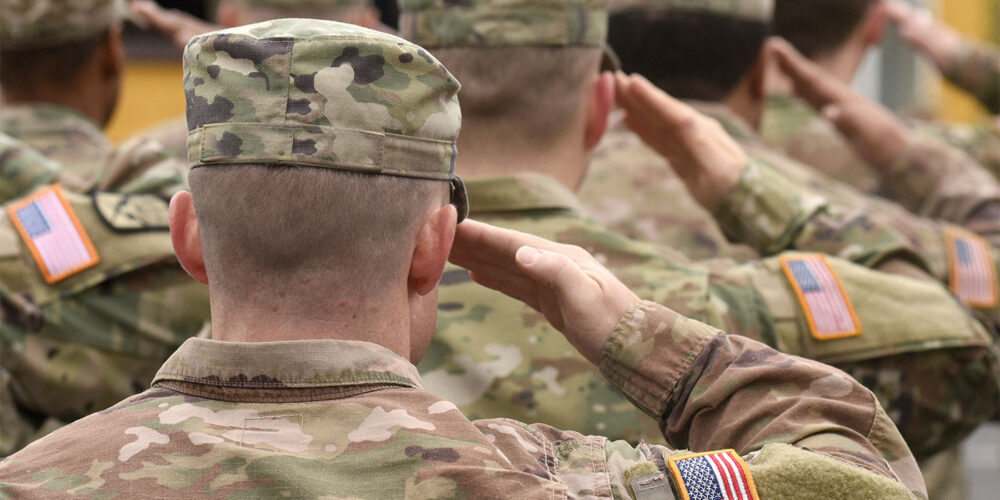ding that the only batter he’ll use is from an inn in Washington. “I’ve been there myself, and I love their pancakes.
“So for me, the Thoroughbred [tie-in] is we’re satisfying a pretty fussy palate here, and we’re serving to those that really, really understand and enjoy something that’s finer than average.”
Lassak starts his pancake-making process much the way Kuehn does: He gathers his equipment but prefers to hand mix his batter using a chef-style whisk. But he also mixes the batter in a glass bowl with a pour spout – saving precious cleanup time later. The pan is also pre-heating as he’s mixing. Then it’s on to the cooking portion.
“As I begin the first pour, that’s when I start the “clean as you go,’ ” he says. “If something’s cooking, I’ve got two or three minutes per side, so I begin the process of putting things away – putting the pancake batter away, cleaning my whisk.
“In between pancakes, while they’re cooking, I’m setting the table, and I’m pulling the napkins and forks.”
But Lassak doesn’t just cook the pancakes. He has it down to an art form. He puts butter on the pancake right after it’s been flipped so it melts more evenly. He also uses the heat from the pancake to warm the syrup added just prior to serving.
“I really like the kids at that point to be there because I want to serve the pancakes to them kind of hot, because there’s nothing better,” he says. “I just enjoy the process and having fun with it.”
So much so that when Lassak’s home was built, he was very specific about the layout of the kitchen: It was designed to mimic the Japanese-style chain of Benihana’s restaurants (where “they flip the food at you”).
“I had an island built so that I stand kind of in a little alcove, and I face the place where they sit,” he explains. “So I can, from where my pan is, actually flip the pancakes onto a plate very close to them. It’s the “Lenihana’ Method. It’s all about the show, right?”
When all is said and done, Lassak’s entire pancake-making process takes half an hour. Although Lassak’s not breaking any records (since Kuehn clocks in at 14 minutes), he’s OK with that – especially since he’s moved away from focusing on cycle time to focusing on the process as a whole: Did his family like the pancakes? Are his customers happy with their overall experience at Thoroughbred?
“They’ve got to like the pancakes,” he says. “I don’t care how fast you fix ’em if I didn’t like your pancakes. Bully for you for fixing my car in two days, but I don’t like it. As a matter of fact, your people didn’t even smile at me. As a matter of fact, it’s hard to pull up and park in the front of your store. And by the way, I couldn’t read your sign. Cycle time is just one component to a wonderful customer experience.”
Ding, Ding, Ding.
And the Winner is …
Ultimately it should be the customers, whether they receive a hot stack of pancakes or a properly repaired vehicle. If the customer isn’t happy, who cares how fast you delivered the product?
“If they’re not raving fans at the end, then you’ve failed on many points,” Lassak says. “And it isn’t just about fixing them fast. I can fix [cars] faster, but is that going to make them happier?”
If you’re wondering whether you should take up pancake making as a way to improve your shop operations, don’t bother. Thanks to all of Kuehn’s and Lassak’s “research,” you really don’t have to – unless you just want a good Sunday morning breakfast.
Writer Debbie Briggs is the former managing editor of BodyShop Business.













